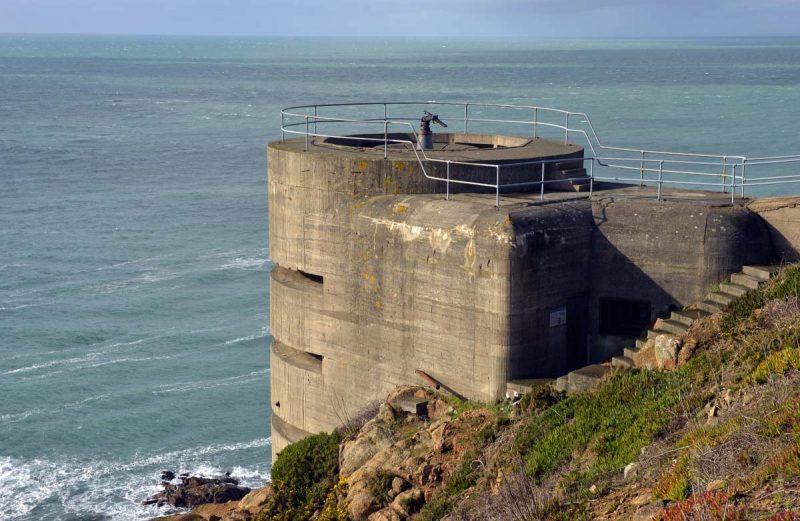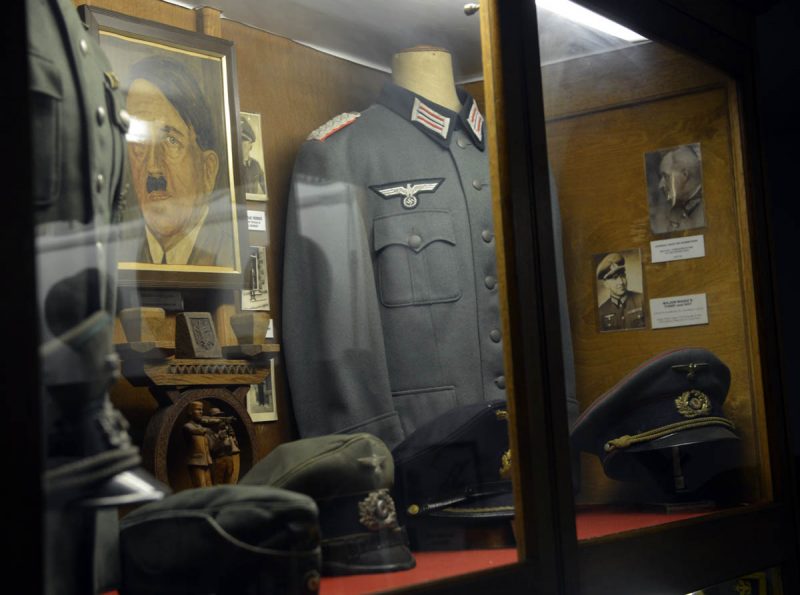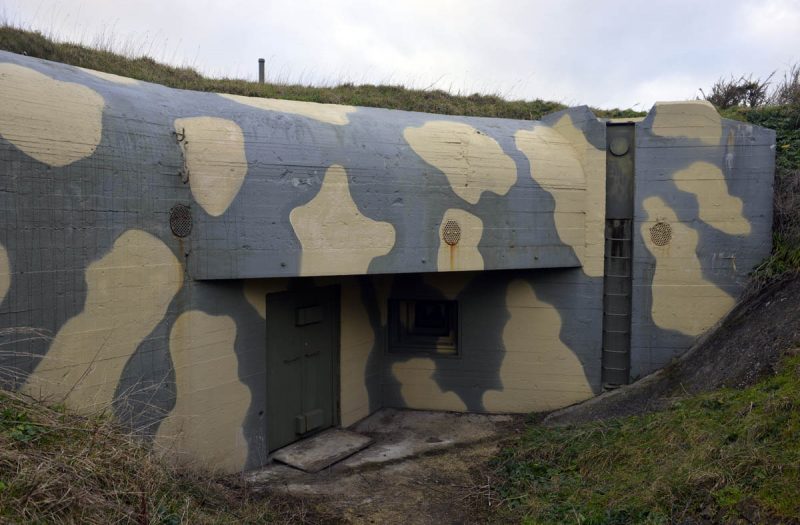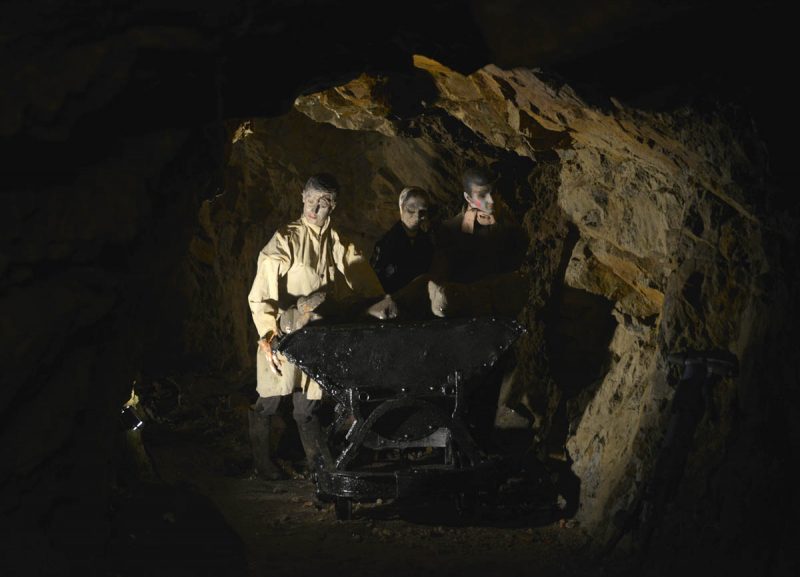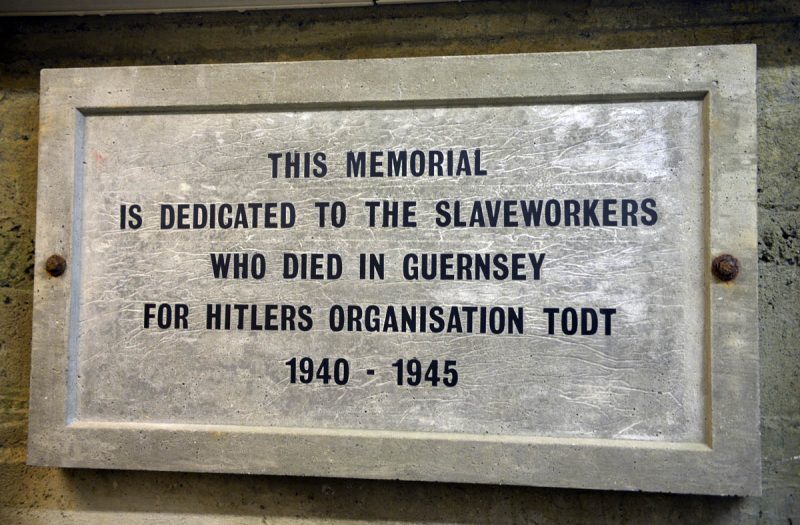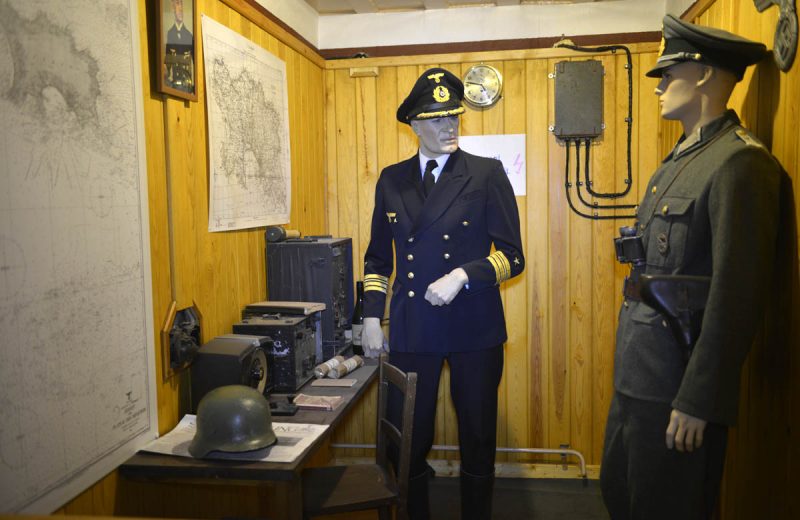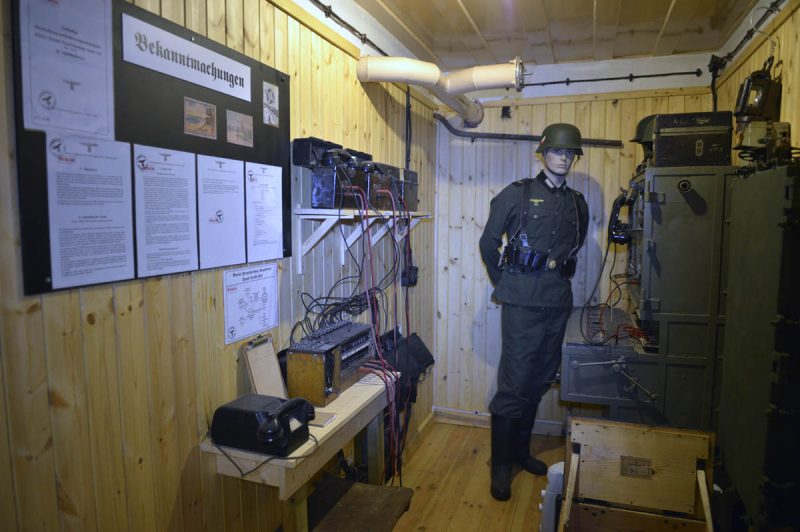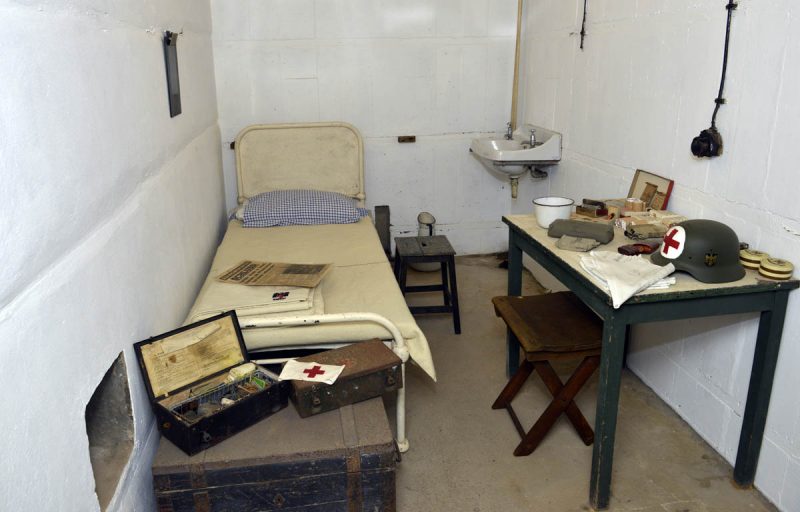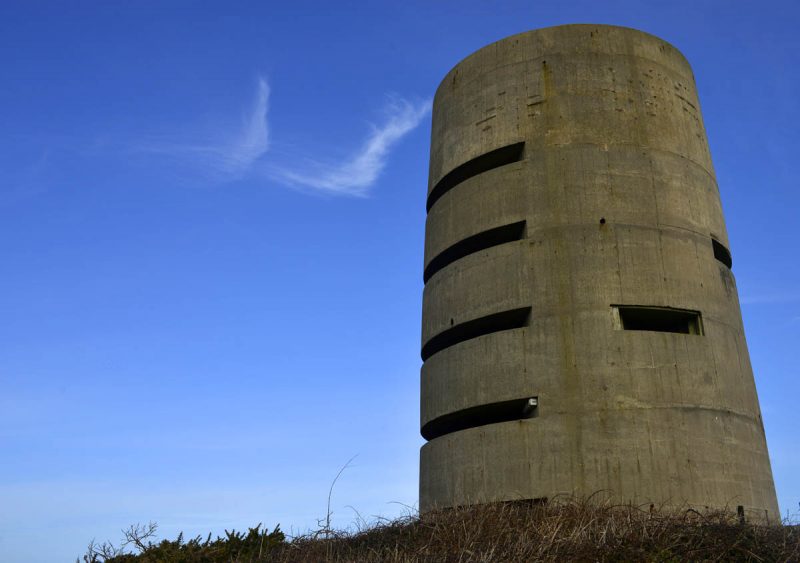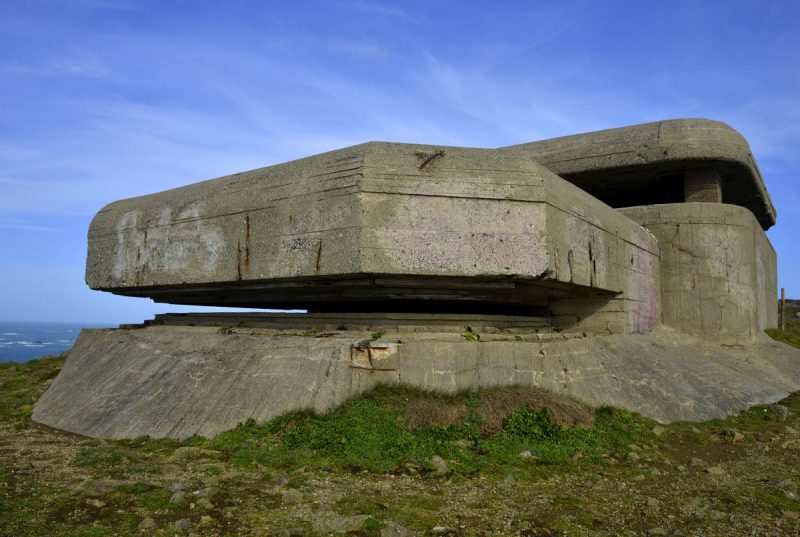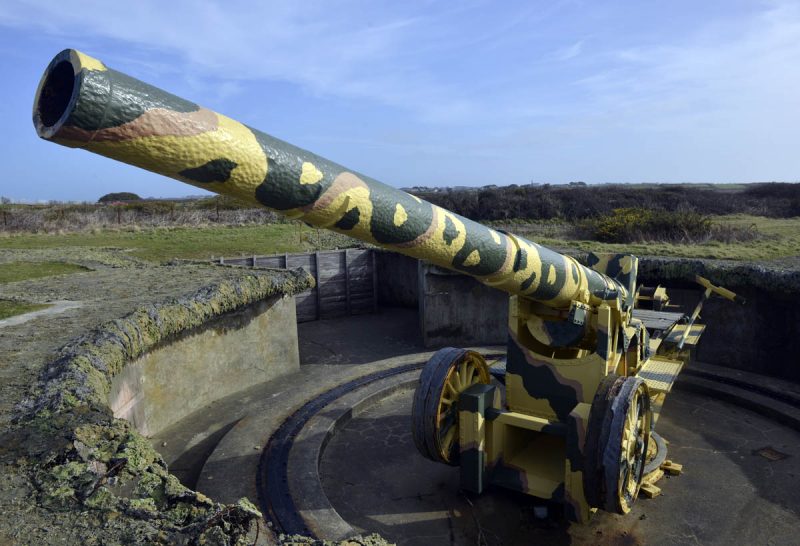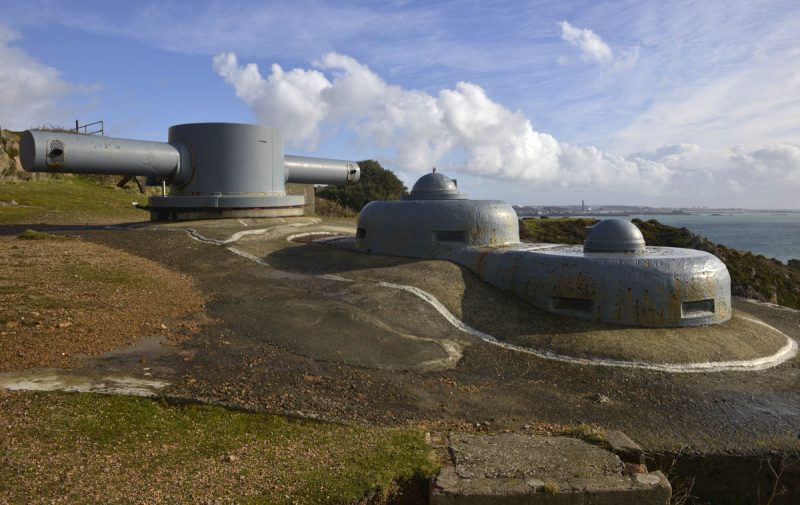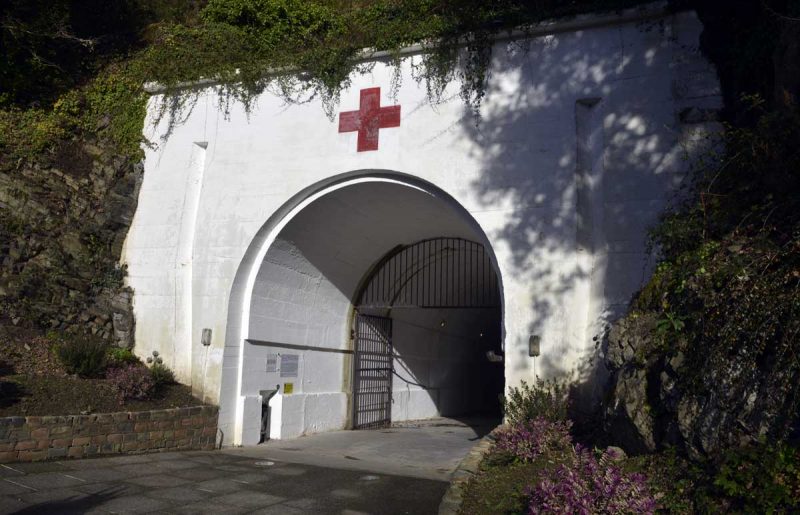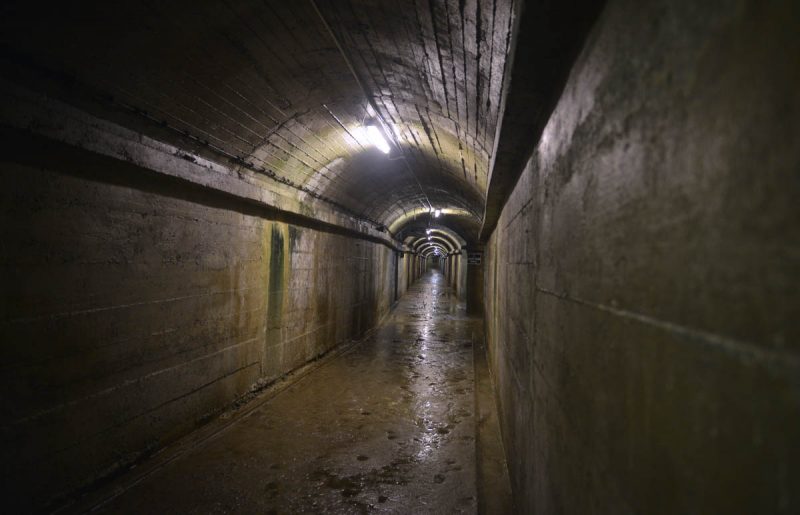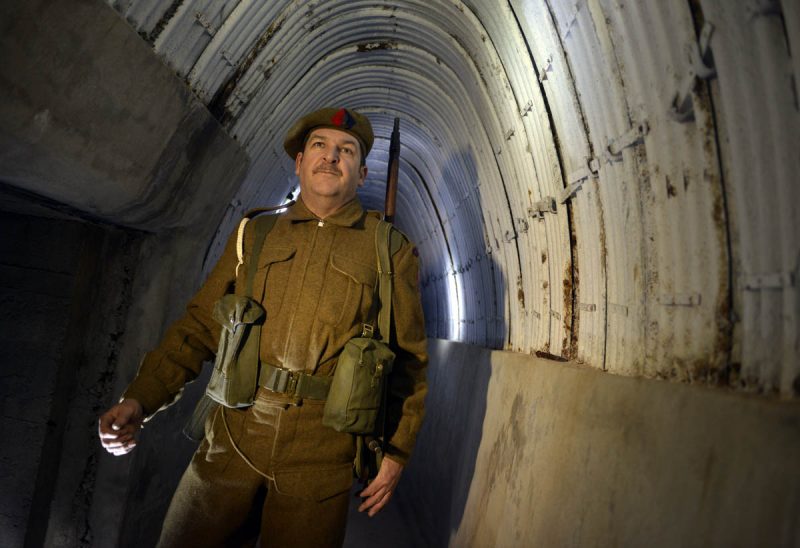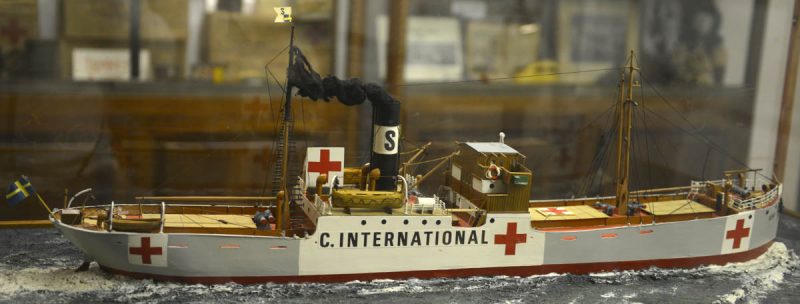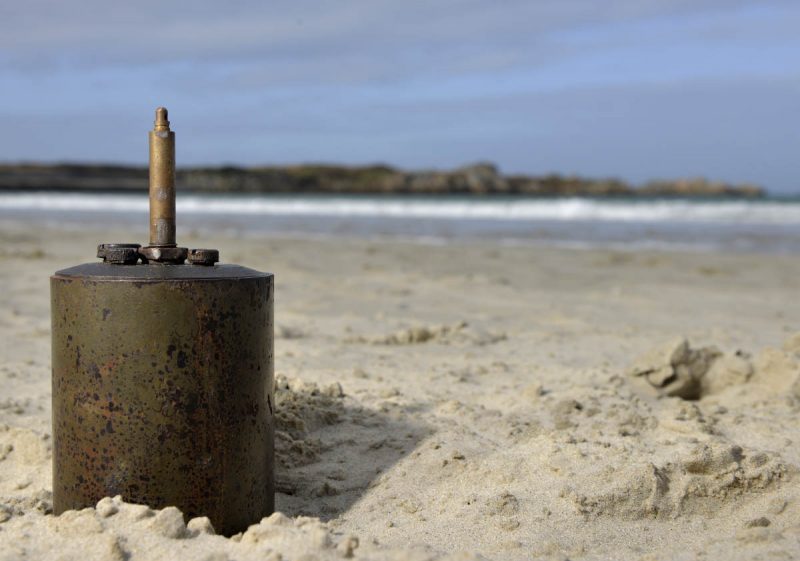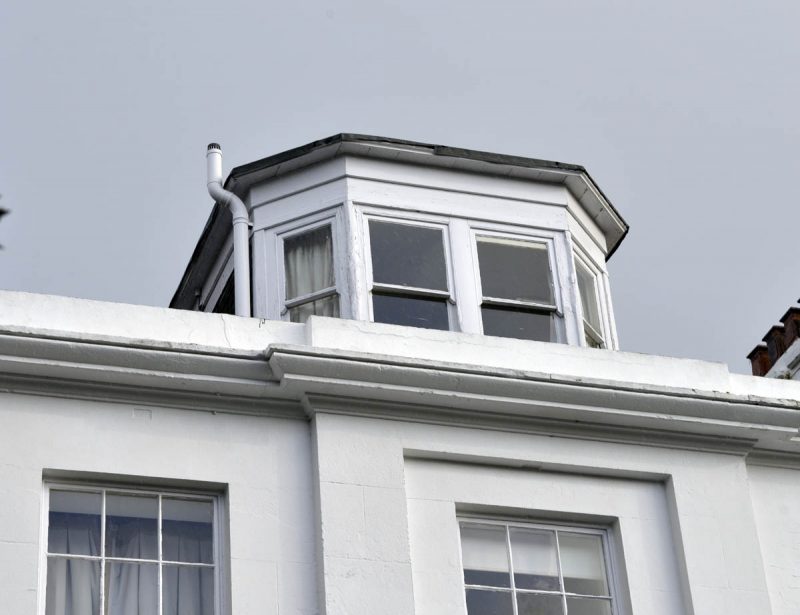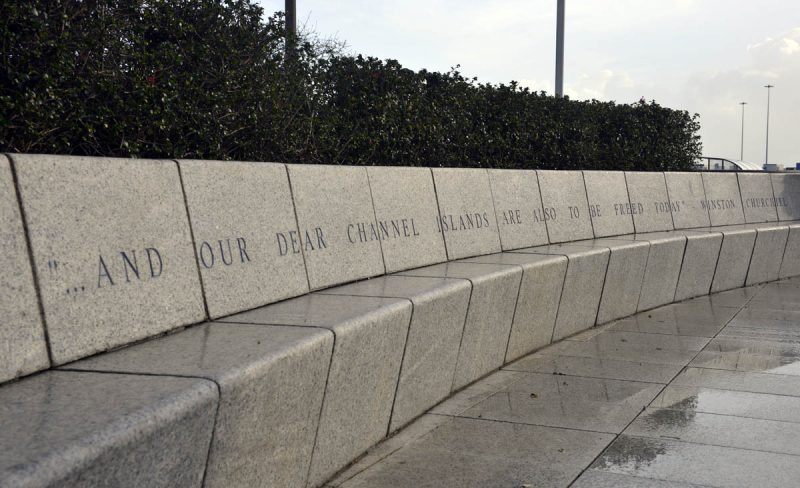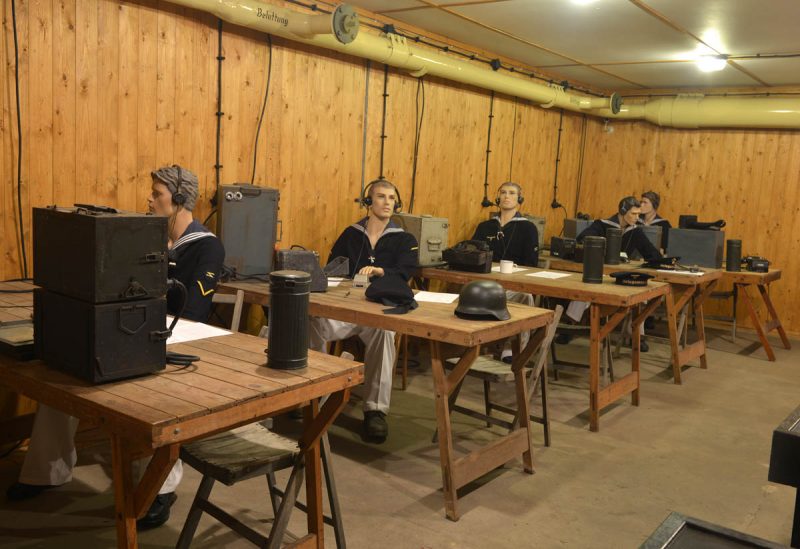Our residential travel writer and blogger, Geoff Moore, jumps on a plane and hops over to the Channel Islands.
When the 9th of May passes this year The Channel Islands would have seen 70 Liberation Days and many who were alive and experienced that first day are getting fewer with each passing year.
Therefore the Islands have come together in 2015 to make sure that it is a commemoration to remember and also the start of a new era in making younger visitors and islanders aware of this key moment in it’s history.
Scroll down for video
The Channel Islands Heritage Festive will run from 3rd April until 11th May and it embraces all the islands in the whole event of which eight are inhabited. Throughout the event there will be guided themed walks, exclusive tours plus with many facilities open specially, then ending with parades on Liberation Day itself.
All the Channel Islands are full of physical relics and many of those have been preserved and are now being used to help tell the story of those days of occupation and those buildings plus a myriad of artifacts left behind are used to great effect in many places too.
The day back in 1945 when the occupying Nazi forces surrendered was is in fact one day after the official Europe wide surrender which was May 8th. As the garrison German commander, Admiral Hoffmeier refused to accept it. However early the following day he signed on board HMS Bulldog and back marched the British troops and so that most important date is now etched into the Channel Islands calendar.
Friendly marching British forces swept along the docksides on May 9th and were welcomed on both main islands by huge crowds who had patiently waited to be freed for what was, five long years of occupation.
In that period of German occupation some islanders were never seen again, others died from medical conditions as there was no medicine to treat them or some being executed for daring to cross the strict German regulations inflicted on the whole islands.
Radio’s were banned, as were cameras and food was prioritised for the German troops so food shortages was always fairly constant and towards the end the islanders were saved only by Red Cross parcels sent from New Zealand and and brought to the islands by the Red Cross ship ‘The Vega’.
When the islanders were first made aware that the invasion was coming and plans were made to allow islanders to leave if they wanted to, it was decision time for many whether to stay or go?. Children were sent off to the UK hurriedly often with their teachers, some whole families left but many also decided to stay as they had jobs, farms and relations to care for and this was after all ‘their’ home and for some they had never left before in their lives.
Events started tragically although the islands were declared free of British troops a wave of German Heinkel planes machined gunned and bombed both ports and the waiting trunks in them! These had not been military trunks but lorries with nothing more than tomato’s and potatoes waiting to be loaded onto waiting cargo ships, as these were key exports from the islands.
38 people died in both Guernsey and Jersey on those raids but overall there were not many other such similar incidents. What came next were the marching bands and thousands of soldiers as they swept in to all the islands but Jersey and Guernsey were the largest and most vital to them.
Work started immediately on improving the defences of all islands with the Germans using many pre-existing defensive structures or positions some dating back to the Elizabethan age and the Napoleonic period as their starting points.
It appears Hitler was really pleased to have captured at least a very tiny part of the British Isles and went about trying to find a way to hang on to them for as long as he could and this was done by heavily fortifying this group of islands in a way that was unheard of anywhere else on his Atlantic Wall!
Hitler is thought to have poured over many plans and in the end the Channel Islands became the most heavily defended part of his wall around much of Europe. Had he spent that work and time on the beaches of Normandy then perhaps things may have been different for him?
Many key or large buildings on the islands were taken over immediately when the Germans arrived like the hotel I stayed at St Brelades Bay in Jersey, this went on to become firstly a hotel for Luftwaffe officers and then a place for the troops to use for longer recreation periods.
On Guernsey alone he ordered massive captured 30.5 cm guns that were once on a former Russian First World War I battleship to be sited there, in an effort to provide defence of this new territory and also to help him take control of the English Channel western approaches by his Navy. Some guns could fire over 20 miles but also some that could fire even further those of the Mirus heavy battery and their former Russian guns never saw too much proper action as one gun jumped off its mounting when it had fired two rounds and others had similar problems!
The island boasted over 800 defence structures by the end of the war which in effect means that the slave, forced and military personnel that were used in their construction on average meant that 33 buildings were erected in every square mile of the 24 square mile island.
Jersey had less because of it being closer to the French coast and with Guernsey in a more westerly position and its east facing sheltered port it was a prize that Hitler wanted to retain. Some 67,000 mines were placed around the coast of Guernsey with around 70,000 in Jersey.
However now all those defensive tunnels, batteries, bunkers and buildings are being brought into the front line of Channel Island tourism and the events planned for this year and beyond.
The festival will give visitors a chance to learn more of the period in time and many of these bunkers, observation towers and tunnel complexes will be open. On Guernsey the Castle Cornet by the port dates back to 1206 and has a rich history from that date and of the World War II.
The German Naval Signals HQ is a must and is found next to Le Colinette Hotel in St Peter Port, where before the bunker was completed the attic was used as their communications base. Volunteers from the island have done a great job with the help of its former German commander to almost bring it back to life again. With his help the paint colours and bunker layout have been accurately re-instated making it just like it was when he was there in 1943.
The impressive Pleinmont observation tower and its nearby bunker at the south west of the island high on the cliffs are stunning and will be open.
One Guernsey man started to collect left over German artifacts back in the 1950’s as a boy and that collection has now grown so huge. His private museum has some of the widest range of items from the period of the occupation. Richard Heaume’s German Occupation Museum can be found at Les Houards,
Forest on Guernsey.
Fort Hommet situated in Catel on the north arm of Vazon Bay where a 10.5cm gun casemate has been completely restored with the original gun and equipment as used during the occupation.
Certainly the largest construction in the Channel Islands has to be the 7,000 square metre underground hospital dug out of solid rock by slave workers who had been captured by Germans and brought to the islands to carry out Hitler’s work. Begun in the winter of 1940 the site was also used as an ammunition store and hospital, it is and amazing sight, if somewhat less refined but well worth the £3.50 for the experience of this extensive underground complex.
On Jersey they have a well-preserved German Naval Command Bunker called Batterie Lothringen. This cliff top bunker at Noirmont Point has a separate observation and range finder tower next door. The two storey bunker set into the cliff also had help from a former German sailor who worked there during the war who assisted the Jersey volunteers as they restored it and still continue to do so.
The Jersey War Tunnels complex has very contemporary displays and exhibitions throughout it is galleries that were cut deep below the ground, again slave and forced workers toiled for 3 years and hewn out 40,000 tons of rocks then lined them with 4,000 tons of concrete. This was to provide a storage facility, ammunition dump and workshop prior to it being used as a hospital for an invasion that in the end never came.
One of Jersey’s most popular of all its tourist attractions and it is perfect for understanding that period of conflict and how it affected the Islands.
In contrast a really interesting way of interpreting the period is a visit to the Occupation Tapestry Gallery at the Maritime Museum where all the parishes of Jersey completed a tapestry each one telling part of the story in chronological order, this colourful exhibition is another must.
The remaining stark and brutal looking buildings tell a story but it is the personal stories that stick in the mind and on Liberation day and I suspect on most days the Channel Islander’s remember people like, Canon Cohu who was arrested and sent to Germany where he died in a prison camp he was charged for disseminating anti-German news as he rode around Jersey on his bike.
Louisa Gould was imprisoned by the Germans for sheltering a Russian slave worker she was sent to France then onto Germany and eventually died in a gas chamber at Ravensbruck concentration camp.
Her brother Harold Le Druillenec was a one of the luckiest survivors of the war as he found himself in Belsen and was the only Englishman to survive and went on to give evidence at the war crimes hearings in 1945.
Geoff
www.thetraveltrunk.net Facebook Twitter
Fact Box:
For further information on Guernsey www.visitguernsey.com and for further information on Jersey: www.jersey.com
For the Heritage Festival www.visitchannelislands.com
Overnight stays at La Colinette Hotel cost from £62 per night. www.lacollinette.com/ / 01481 710331
Overnight stays at St Brelade’s Bay Hotel costs from £140 per night. www.stbreladesbayhotel.com/ 01534 746 141
Flights from Gatwick to Guernsey with Aurigny cost from £43 one way. Inter-island flights cost from £41 one way with Aurigny. Return flights from Jersey to London Gatwick cost from £71 return with Aurigny. Flights are also available from London City, Stansted and regional airports with Aurigny. www.aurigny.com/ 01481 822886
